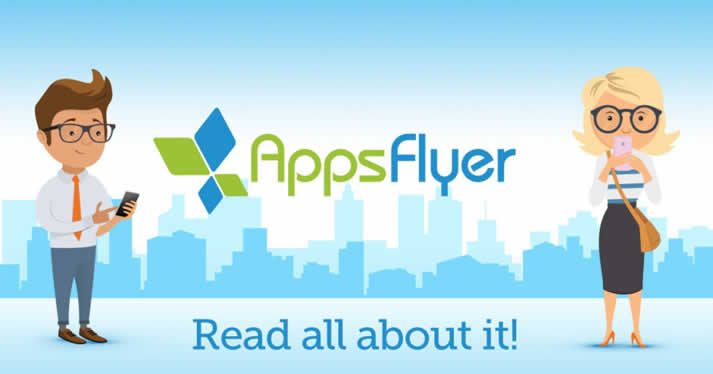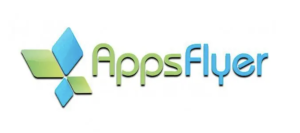Appsflyer has updated two functions: W2A function + reinstall attribution statistics
1. Re-install attribution will be updated starting from 7.31, and subsequent event data will be attributed to the original installation channel.
2. W2A function has been released
W2A document:
Re-install document:
Re-install Partial explanation:
You may not have paid much attention to this before, but there is a more obvious phenomenon. Before the update, the natural volume data of the old products had more subsequent conversion behaviors by default. This is actually because the original attribution logic will attribute the subsequent behaviors generated by the uninstall and reinstall traffic to the natural volume.
This update will attribute the devices with active channel IDFA and ADID to the original installed channel instead of Organic. This logic will be set up directly by the project team itself. Some server-side behaviors will be bound according to the AFID and registration information when the user registered.
After that, the user’s subsequent behaviors will be transmitted to the AFID at the time of registration, and the event behavior will be attributed to the earliest channel with volume.
Some impacts after this update:
For in-app events and app opens (sessions) that occur after reinstallation and activation, the non-natural volume attributed to the initial activation will increase, while the natural volume will decrease accordingly. For the channels that obtain the initial activation attribution, their MAU (monthly active users) may increase, while the MAU of the natural volume will decrease.
In general, if there is no special separate processing of registration information and AFID/ADID association feedback before, the effect of organic will decrease by default, and the effect of promotion channel will increase if the period is extended.
Explanation of W2A part:
In fact, the logic here is basically the same as that implemented by adjust. Set your own channel parameters (including pixel id+token) in the channel, and then set your own event feedback mapping, which standard event of Facebook should be returned to a certain event.
Consider using Onelink to implement click tracking, etc., and also consider setting the conversion API code of the page, etc. Frankly speaking, I am a little disappointed (but fortunately, at least it is better than nothing). After lagging behind adjust for a year, AF made something similar to adjust, and did not let small and medium-sized developers make the entire W2A process “more fool-proof”. In fact, there are not many existing customers who understand the principle of adjust’s W2A logic process, and by then, there will be many people who don’t understand AF.
Maybe when I have the energy, I will open our existing W2A process directly to everyone, and truly achieve W2A without code and development (currently only supports proxy investment).
There have been many articles about the use of W2A before, and you can search W2A directly in the official account.
In addition, I often complain about AF’s product design. In the old interface, it must let you hover the mouse to see which series it is, even if the right side is all empty, and you can’t manually extend the length of this column.



